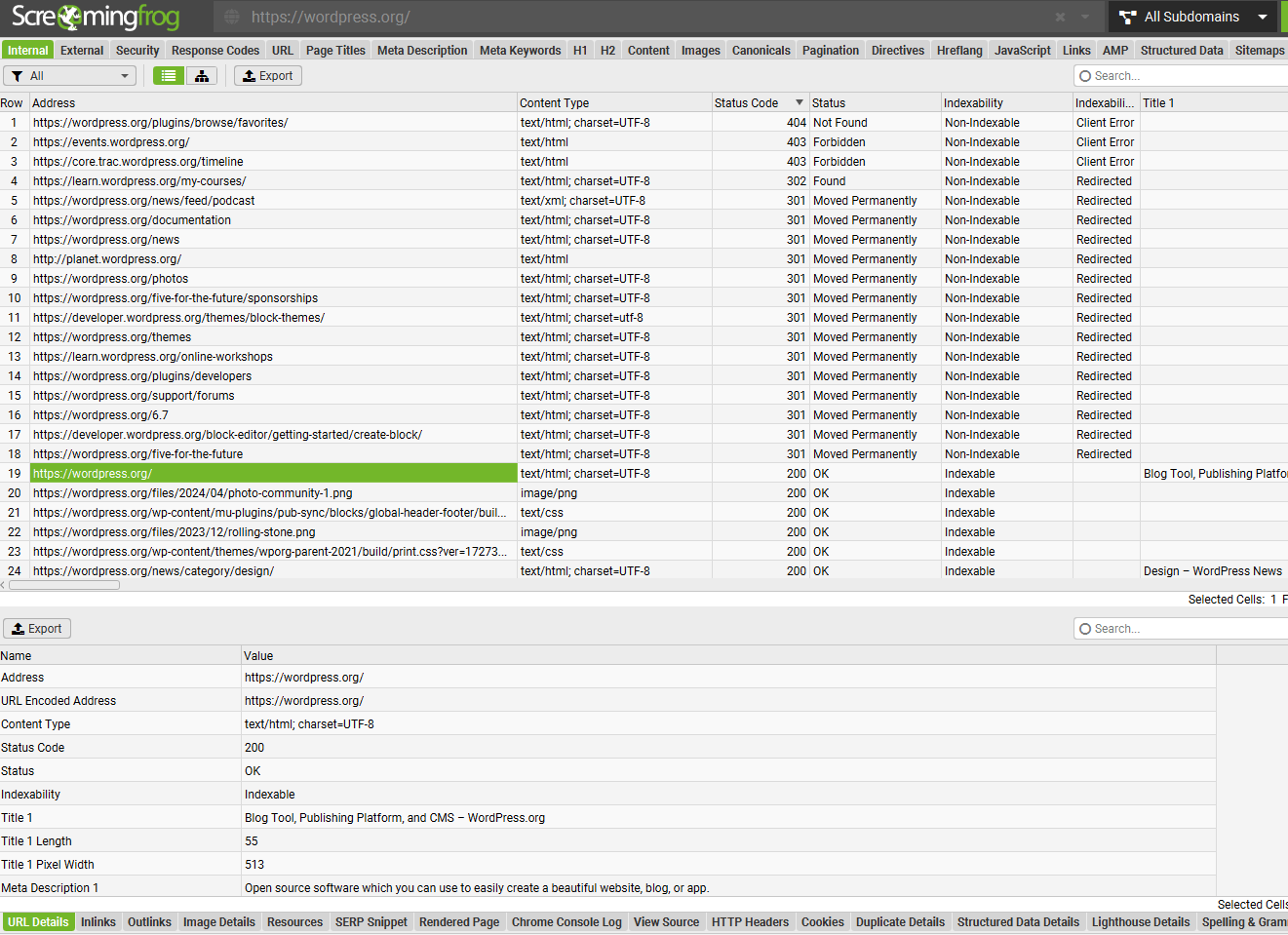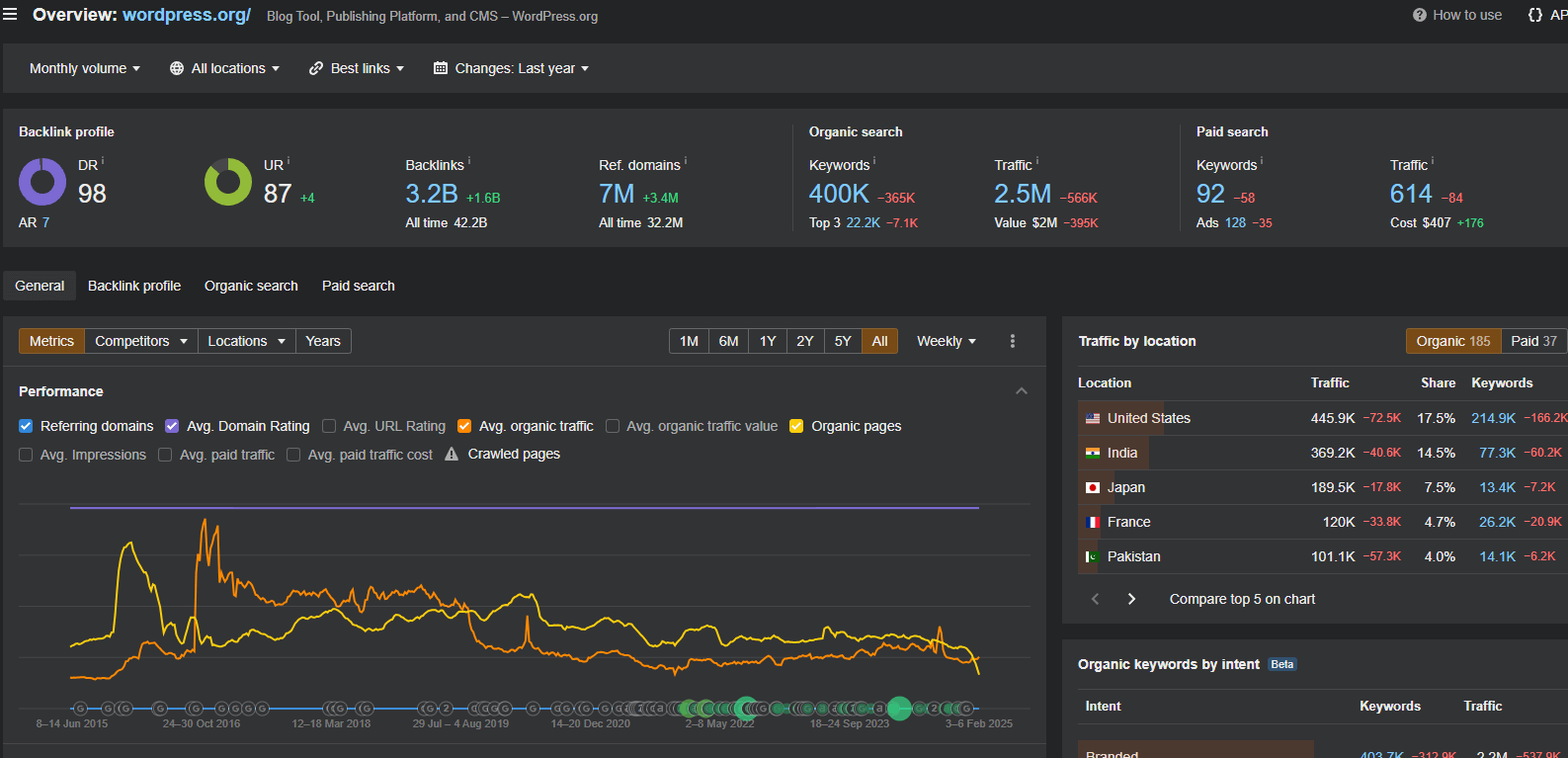
How to boost your websites SEO in 2024
Posted February 3, 2025 by Angus
With so many competing websites out there all battling for the top spot, getting your site to rank highly on Google can feel like an uphill battle. But with the right tools and strategies, you can analyse and improve your website’s ranking, boosting your organic traffic and your sites growth through Google. In this article, we’ll walk through some practical steps and tools to help you optimise your site for better rankings in 2024.
Check if your site is crawlable or indexable
If Google hasn’t indexed your site it won’t show up in search results. Google can find new pages on its own but it’s a good idea to check and speed up the process which can be done with Google Search Console. So to start with by setting up Google Search Console, then submit your sitemap and check the URLs indexing status to make sure it’s being crawled.
To ensure you’re reaching the right audience and enhancing user experience, it’s crucial to stay on top of changes—especially Google’s Core Updates, which can sometimes cause temporary visibility issues for certain sites. Above all, focus on refining your content and delivering real value to your users. After all, that’s what Google will judge your site on.
You can also use tools like Screaming Frog to check issues preventing page indexing including, finding broken links and make sure your site structure is crawlable.

Do Your Keyword Research
Understanding how users search for information is key to reaching the right people. Use keyword research tools like Google Keyword Planner, Ahrefs and SEMrush to find terms that are relevant to your content. Focus on long-tail keywords as they have less competition and are more specific to a user’s search query which can help with engagement and conversions.

Also understand search intent. Keywords can be informational, navigational, transactional and commercial investigation. Matching your content to user intent will improve relevance and conversions.
Optimise On-Page Elements
Optimising on-page elements not only improves user experience but also helps search engines understand your content. Focus on:
- Short and descriptive page titles that include primary keywords.
- SEO friendly URLs that match the content.
- Meta descriptions that increase click through rates.
- Structured headings (H1, H2, H3) that create a content hierarchy.
- Optimised images with alt text for accessibility and SEO.
Create Valuable Content
Search engines of which the most notable is Google aim to reward content on how it (the Engine) perceives the contents value to the the end user’s search. The overarching aim being that it helps users find content that best matches their requirements at that moment.
Some key factors to consider when aiming to rank highly is to make content that is:
- Unique, informative and well researched.
- Visually appealing, images, videos and infographics.
- Regularly updated, staying relevant.
Content that is not plagiarised, duplicated or directly copied from elsewhere. And, content that is informative to the level that the user is looking for, this falls under common sense. For example a 100 word article on how to install LAMP stack on AlmaLinux would not have enough detail. A good rule of thumb is to follow E-E-A-T principles (Experience, Expertise, Authoritativeness, and Trustworthiness) which will help improve your site’s credibility and ranking potential.
Mobile Friendly
With Google’s mobile-first indexing, you need to factor in your website’s mobile version and make it a priority, if your site is not usable on mobile improve it:
- Using responsive design that adapts to different screen sizes.
- Improving page speed for a smooth mobile experience.
- Lighthouse testing to make sure it’s optimal for mobile devices.
- Using mobile friendly navigation, no intrusive pop-ups and easy to click buttons.
Secure Your Website
A secure website builds trust and can rank better. Essential security measures are:
- Using SSL encryption (HTTPS) to protect user data.
- Using a secure hosting provider with good protection.
- Keeping software, plugins and themes updated.
- Running regular security checks to find vulnerabilities.
- Using 2FA for extra security.
Speed Up Your Website
Google’s Core Web Vitals update has made page speed a priority. Faster loading times can reduce bounce rates and rank better. To improve performance:
- Compress images for faster load times.
- Minimise unnecessary scripts and plugins.
- Enable browser caching and lazy loading.
- Use a Content Delivery Network (CDN) for content distribution.
- Server side optimisations, upgrade to a faster hosting plan or use a dedicated server.
Use Internal Linking to Navigation
Internal linking helps Google understand your site’s structure and improves user navigation. Naturally link to relevant pages to help users navigate through your content, pass link equity and increase dwell time.
You can also use breadcrumb navigation to help users know where they are and provide a clear path back to higher level pages, improve both UX and SEO.
Get High Quality Backlinks
Backlinks from authority sites helps to build credibility and rank better. Some effective ways are:
- Guest posting on relevant platforms.
- Creating shareable assets like infographics and reports.
- Digital PR, getting mentioned in reputable publications.
- Broken link building, finding outdated links on other sites and proposing your content as a replacement.
- Participating in industry forums and discussions to establish yourself as an expert and get referral traffic.
Remember when building backlinks, link quality must be assessed at each stage, spammy links from SEO sites and other bad practices are not sustainable long term and can lead to big drops in authority.
SEO is not a quick fix, it’s a long-term strategy where success requires consistency and a structure. A great example of this is great blog post which might attract a lot of attention but without updates and maintenance it will slowly lose traction and fade into obscurity.
Categories: SEO


